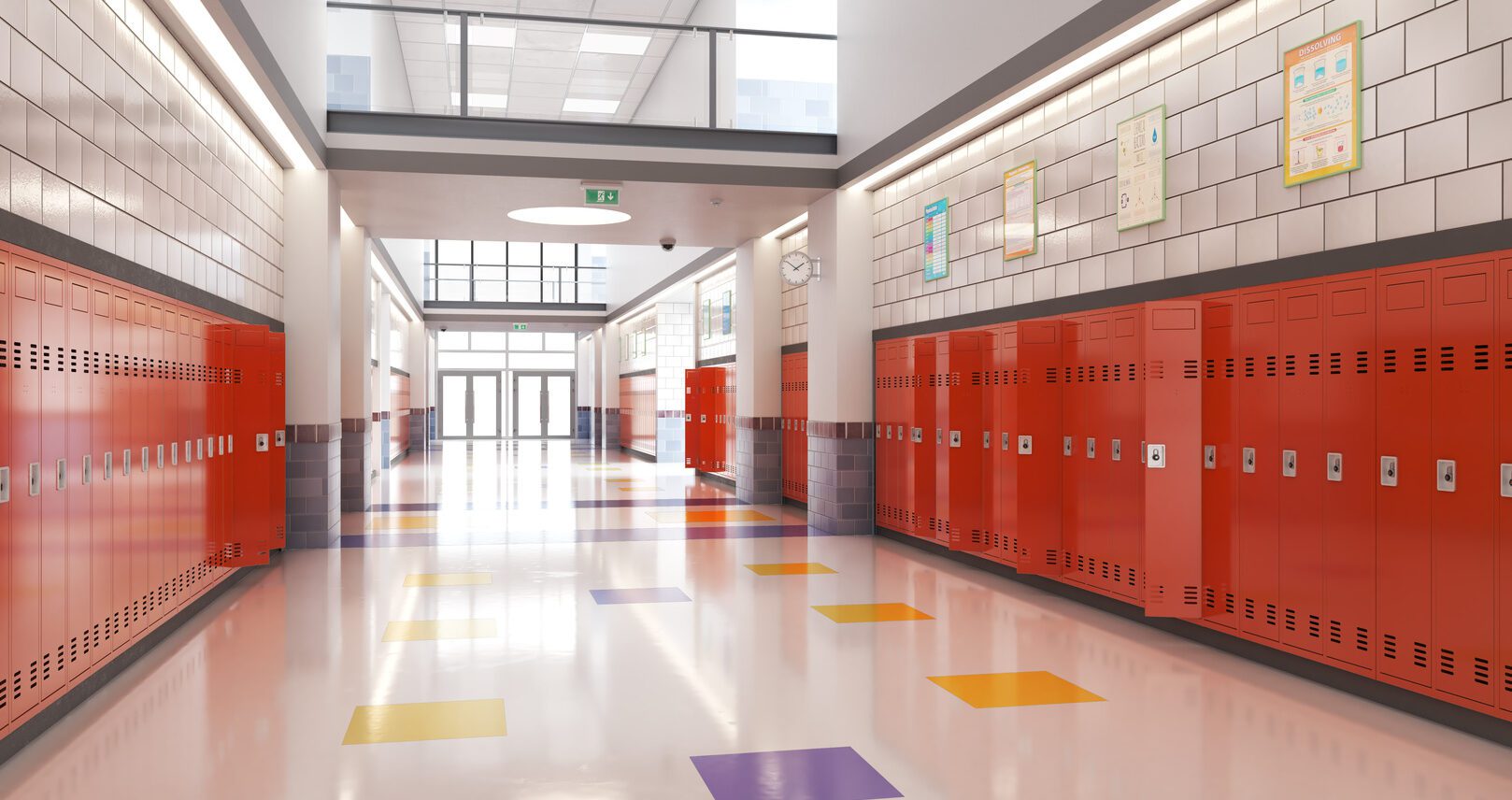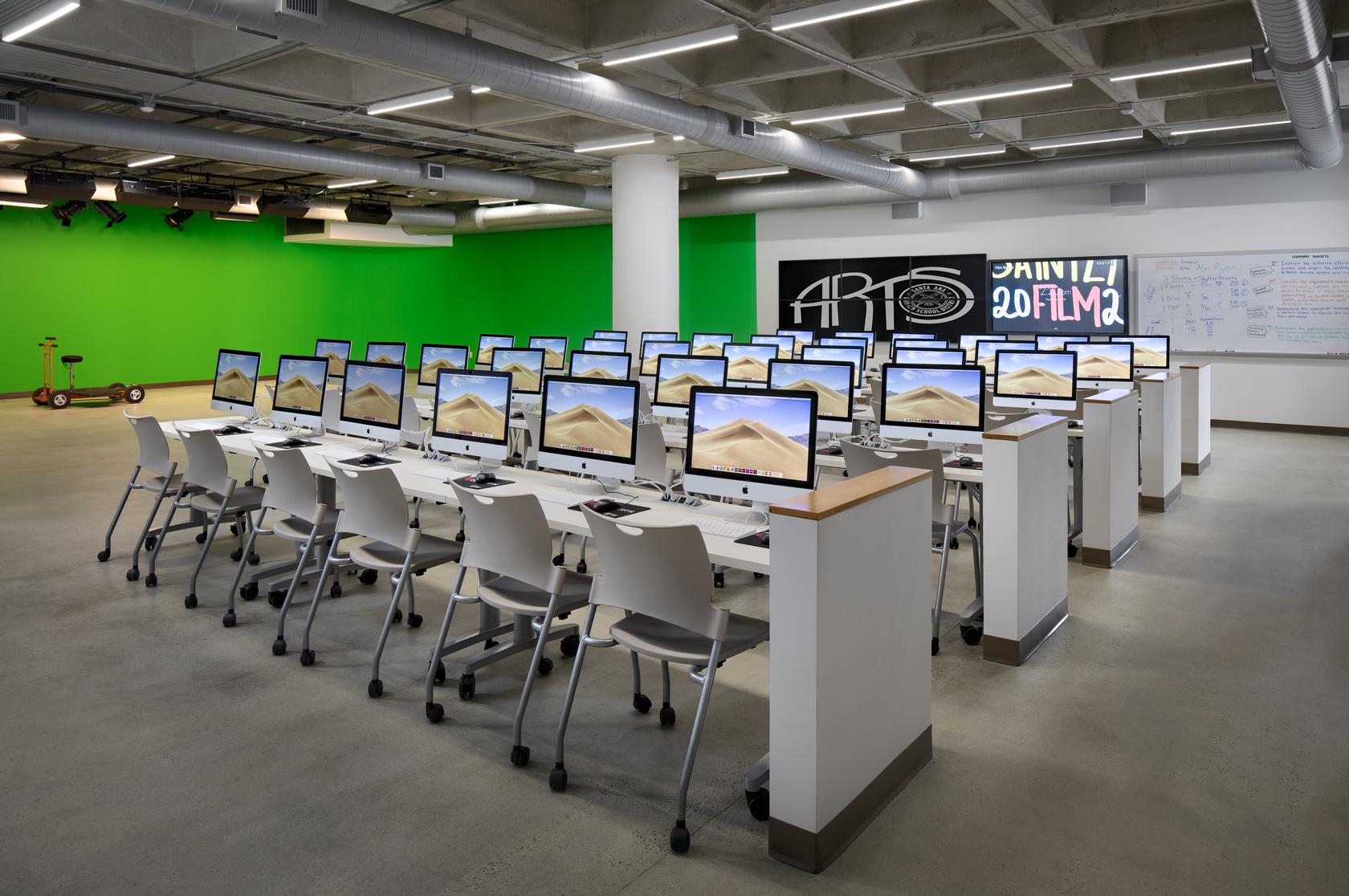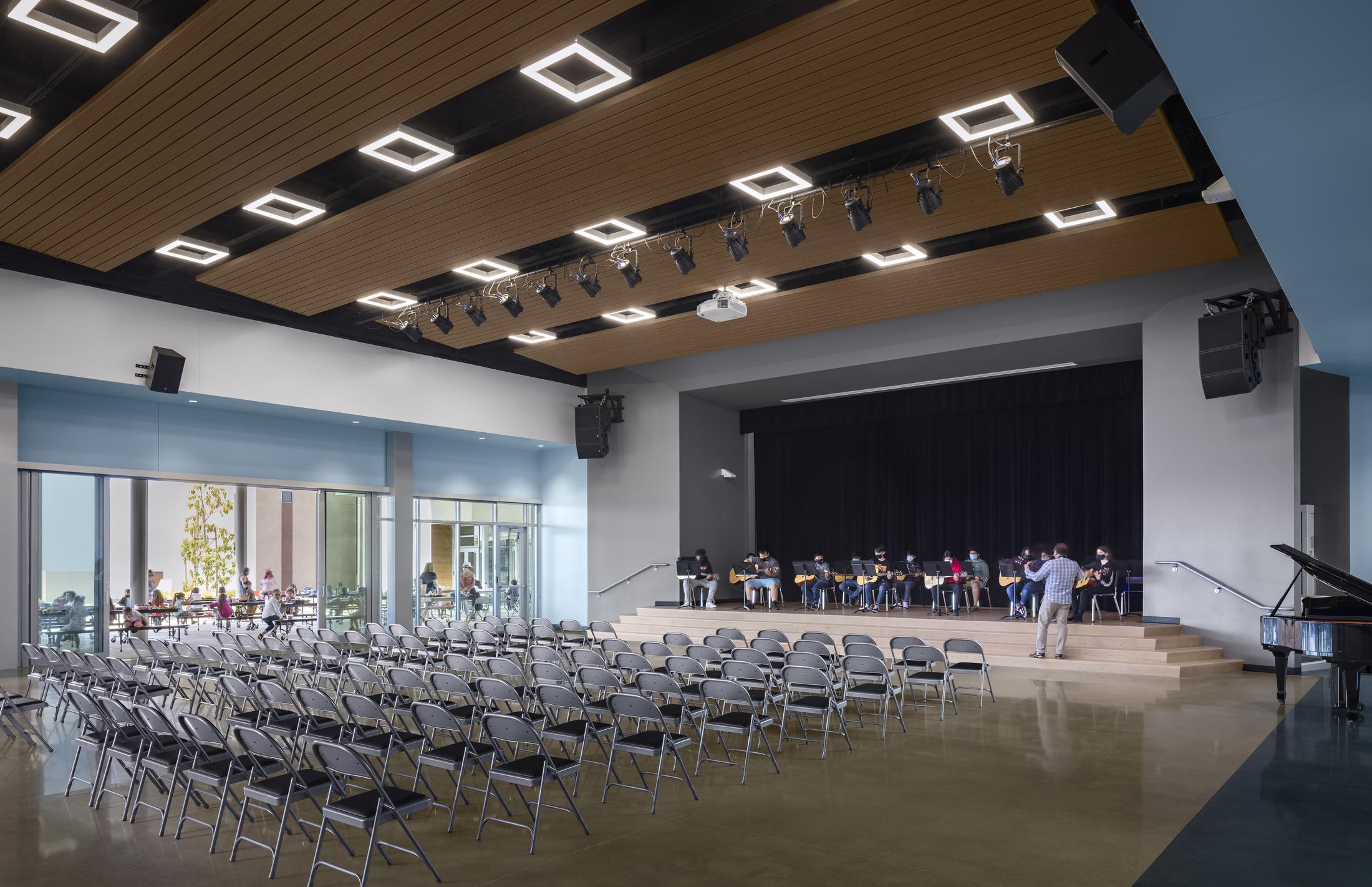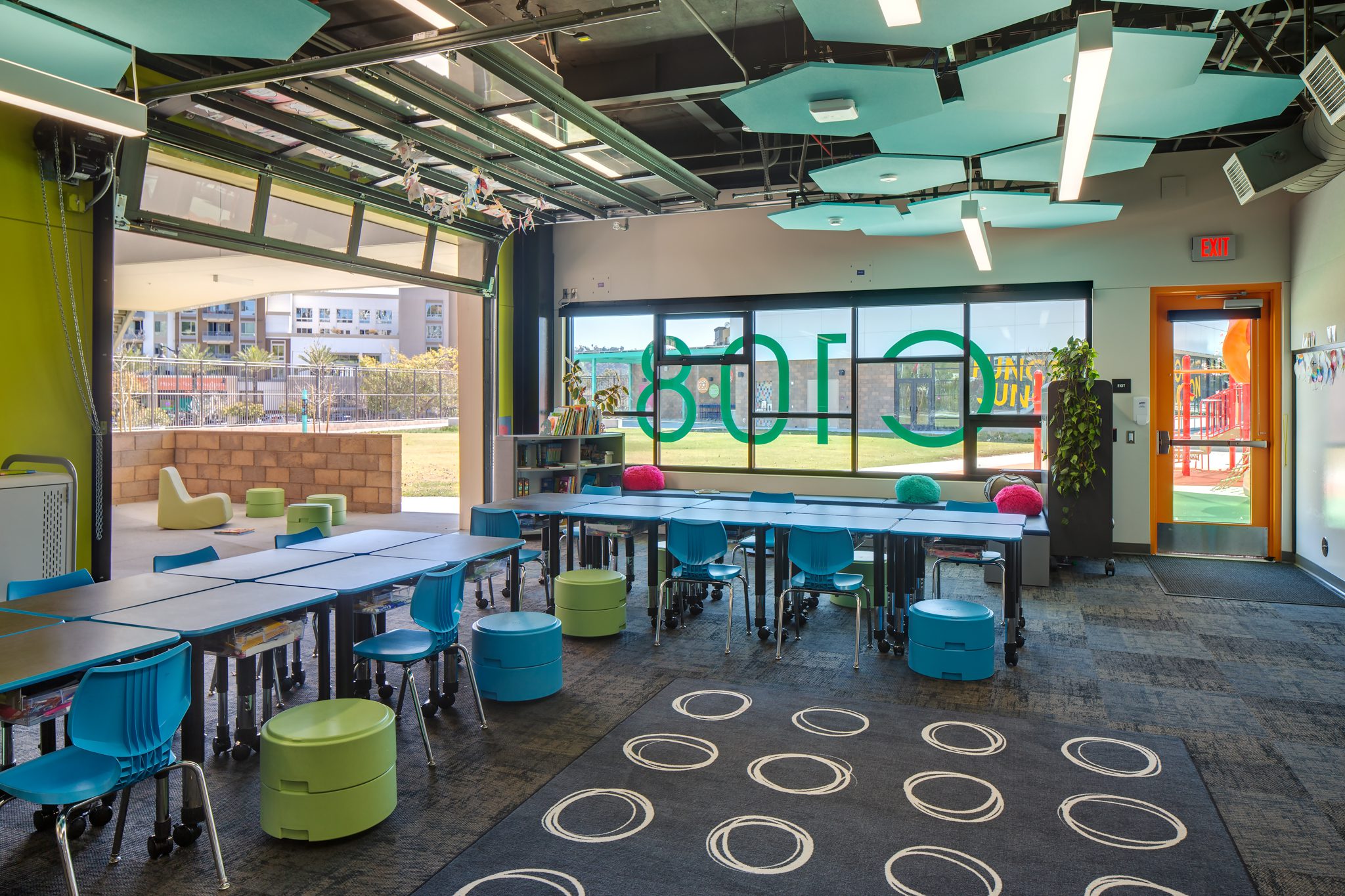News & Insights
Navigating California Building Code Title 24 Section 1207: an acoustics guide for K-12 classroom designers
Salas O’Brien helps clients navigate building code changes. This article explores what K-12 classroom designers for projects in California need to know about enhanced classroom acoustics.

The July 2024 supplement to the 2022 triennial edition of California Building Standards Code Title 24 includes a new Section 1207 “Enhanced Classroom Acoustics”. This new code section establishes new requirements for classroom ambient sound level and reverberation time that were not part of prior building code editions. This article shares what designers need to know about the new section 1207, including where it applies, what the new requirements are, what is most impactful, and helpful planning tips to deliver a successful project that achieves the new requirements.
Where does Section 1207 apply?
California Building Code Title 24 Section 1207 “Enhanced Classroom Acoustics” generally applies to classrooms with a volume of 20,000 cubic feet or less. Specifically, the code section requires compliance for classrooms in Group E occupancies, which generally includes classroom uses through 12th grade with more than 6 occupants.

What are the new requirements within Section 1207?
The new code section refers to Section 808 of ICC.A117.1 which includes the following two categories of acoustical requirements:
“Ambient Sound Level” (background noise) requirement
- 35dBA and 55 dBC from greatest one-hour averaged sound level measured at the loudest usable location in the classroom, evaluated individually for sound sources outside and inside the classroom.
- Compliance is verified via post-construction measurements.
- Note that the level limits are applicable to fully-furnished, unoccupied classrooms, and with only permanent HVAC, electrical and plumbing systems functioning. Classroom equipment – such as computers, printers, or other, – should be turned off during compliance measurements.
Reverberation time requirement
Reverberation time (RT) criteria is dependent on classroom volume and compliance can be met through two methods: performance (verified via post-construction measurements) or prescriptive methods.
For classroom volume ≤10,000 cubic feet
- Performance: measured RT ≤ 0.6seconds at mid frequencies
- Prescriptive: NRC x Treatment Surface Area ≥ room volume divided by 12
For classroom volume between 10,000 cubic feet and 20,000 cubic feet
- Performance: measured RT ≤ 0.7 seconds at mid frequencies
- Prescriptive: NRC x Treatment Surface Area ≥ room volume divided by 14

The Ambient Sound Level requirement will be the most impactful
The Ambient Sound Level (background level) requirement is likely to be the most impactful aspect of the new code section 1207 to project design and may add some cost to projects compared to prior code editions. As a point of reference, the new background noise requirement (35 dBA, 55 dBC) is slightly more stringent than the current CHPS v2.0 criteria defined under section EQ P15.0 (which is maximum 40dBA from combined building HVAC and exterior noise).
Achieving the background level requirements may lead to:
- Increased sound isolation performance of the exterior façade, especially for exterior glazing and doors. At noisy sites, this may require adding secondary glazing systems separated by large airspaces, and/or STC-rated elements.
- Significantly increased noise and vibration control of M.E.P. systems. Some potential ramifications may include: increased length of duct liner and silencers, design for much slower air velocities, increased distance and intervening construction between mechanical units from classrooms (i.e., avoiding rooftop units over classrooms, and/or providing resiliently suspended ceiling layers).
The reverberation time requirements are likely to be less impactful to classroom design, and can be met with common classroom finishes, such as ACT. For reference, the RT performance method requirements align with the current CHPS v2.0 criteria defined under section EQ P15.0.

Starting points to reduce the magnitude of acoustical interventions
Below are some general starting points that can help to greatly reduce the magnitude of acoustical interventions necessary.
Conduct a site noise assessment early in design
In tandem with early planning guidance for major building systems noise control, an acoustic consultant can assess site noise levels to inform planning for exterior sound isolation strategies. Strategies for compliance will need to be site specific driven by measurements.
Leverage acoustic strategies in classroom siting and orientation
- Careful location of buildings, rooms and equipment is often the most cost-effective means of achieving high performance spaces.
- Maximize distance to nearest noise sources, such as major roadways or other known noise sources.
- Orient classroom glazing & doors away from noise sources
- Utilize other buildings and structures to shield classrooms from noise sources.
Strategically plan major building system equipment
- Plan to locate equipment outside of classroom footprint, as a general goal.
- Where roof mounted equipment is utilized, locate unit over a non-noise-sensitive “buffer room” room such as storage rooms or restrooms.
- Plan to locate above-grade equipment on stiff supporting structure, near columns instead of mid-span.
How Salas O’Brien can help
Need help in navigating the new California Building Code requirements? Salas O’Brien’s can help you make informed early decisions that avoid inherently noisy designs and associated costly mitigation measures. Contact one of our experts below.

Taylor Blaine
Taylor Blaine brings an eager mindset backed with more than 8 years of technical architectural acoustical research and consulting experience. He has worked on projects of all types, including those with unique challenges. His background informs his extensive knowledge in all areas of acoustics: air- & structure-borne sound isolation, HVAC noise & vibration control, room shaping, finish treatments, & environmental noise. Taylor serves as a Senior Consultant at Salas O’Brien. Contact him at [email protected]

Vance Breshears, LEED AP
Vance Breshears is a specialty consultant to architectural and construction firms for acoustics and technology. A Marine veteran, Vance specializes in federal projects with a high degree of complexity. Vance is adept at collaborative processes that align expectations with budgets and brings the entire team together working under common goals. Vance is a Senior Vice President with Salas O’Brien. Contact him at [email protected].